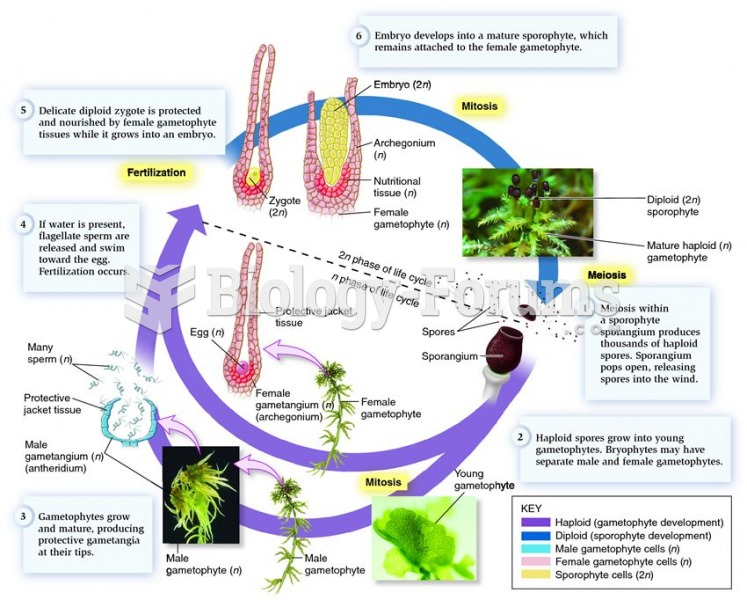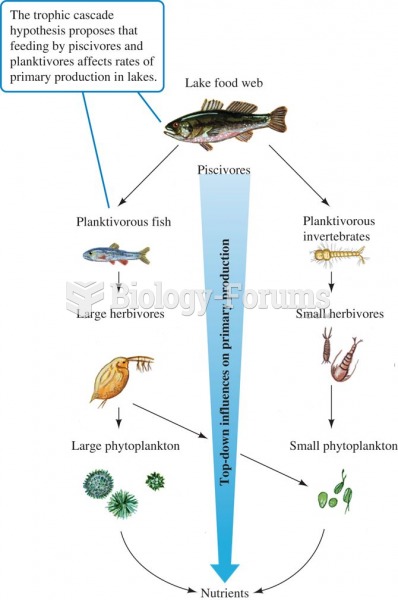Answer to Question 1
The Gaia hypothesis states that Earth is a self-regulating system in which the biota plays an integral role. Also, this hypothesis suggests that the biota manipulate their environment for their own benefit or even, by optimizing the conditions for life, for the benefit of all living things.
Answer to Question 2
There are different opinions for this problem; one can argue that any one of them is the most significant problem. We have listed reasons students could use for all three of these problems below.
Students can argue that global warming is the most serious problem because:
It affects the greatest number of people
Migration of marine animals could result
Rising sea level could result
Cold climate species might die
Ozone depletion and deforestation are currently both confined to particular areas whereas global warming is truly global
Students can argue that ozone depletion is the most serious problem because:
It causes the most immediate damage to our planet and its inhabitants
It can cause skin cancer
It occurs faster than global warming, because global temperatures only rise a few degrees in 100 years , whereas severe ozone depletion occurred within less than decade over Antarctica.
It could conceivably become global if stratospheric chlorine reached levels higher than those of today
Students can argue that loss of biodiversity is the most serious problem because:
There is potential for recovery for the other problems: the ozone layer could recover within a few generations and greenhouse gas concentrations should return to normal within a few million years
The recovery rate for species following extinction is tens of millions of years
Once a species is gone, it is gone for good
It could cause an imbalance in the Earth's ecosystem and economy
Deforestation also contributes to global warming







